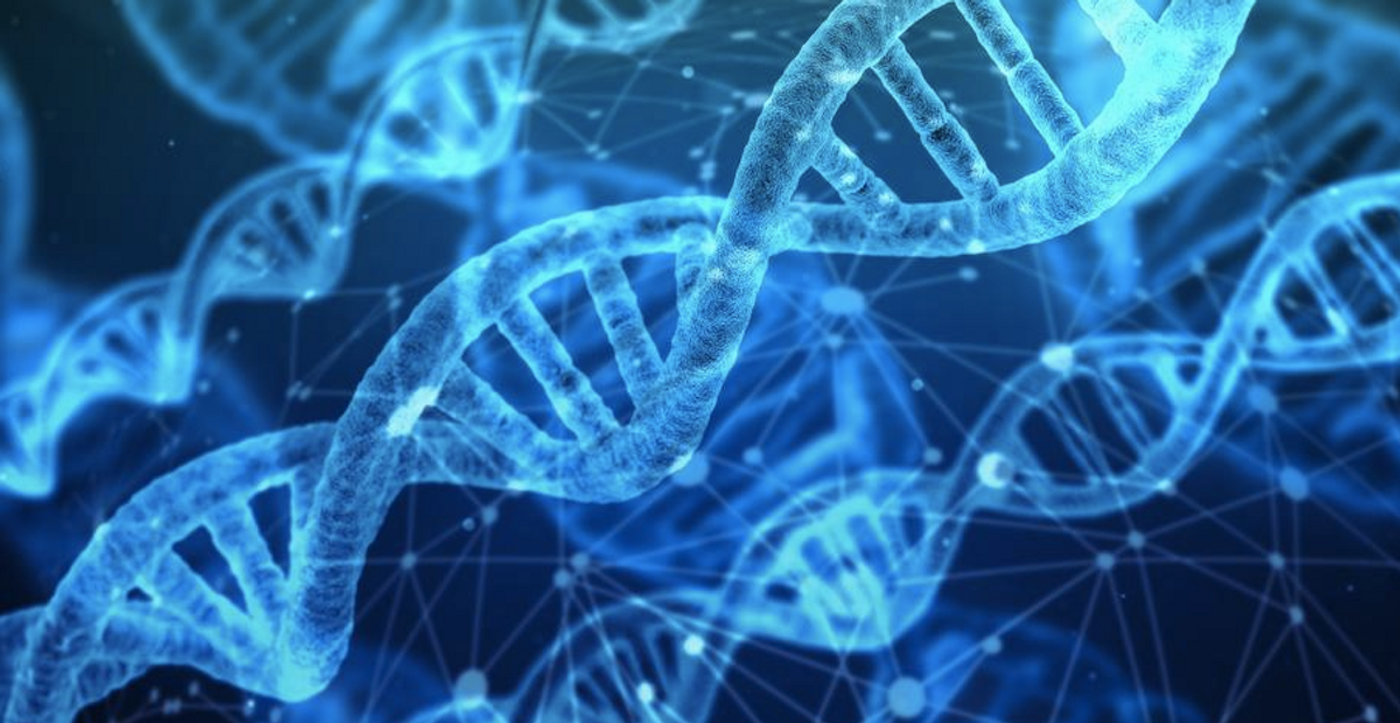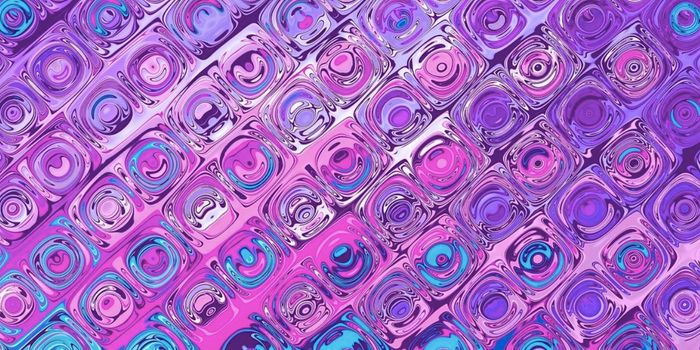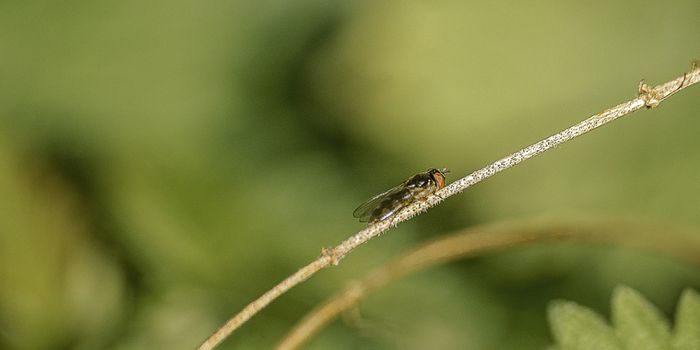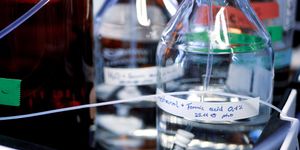Gene Therapy Improves Transport in Neurons
Many diseases are due to errors in genes, and if the product of the erroneous genes could be replaced with the normal versions, the disease might be cured. It's taken decades for scientists to reach a point where it's possible to treat some genetic diseases this way. While some cautious strides have been made, there's still a long way to go. Some genetic diseases are also much easier to treat than others. For example, diseases that are caused by errors in one copy of a gene might be simpler to treat than diseases that result from errors in multiple genes. Researchers have now used an animal model to show that it may be possible, however, to treat disorders like dementia that may arise from errors in multiple genes, which are called polygenic disorders.
Reporting in Science Advances, scientists have developed an approach for treating neurodegenerative diseases that are due to problems in a process called axonal transport. Neurons carry critical signals throughout the body, and they have long appendages called axons. Crucial molecules like proteins have to be carried up and down the axon during axonal transport. Research has suggested that it may be possible to repair neurons that are damaged in disease by promoting axonal transport.
One way to promote axonal transport could be with two molecules, brain-derived neurotrophic factor (BDNF) and its receptor tropomyosin receptor kinase B (TrkB); in this study, the researchers demonstrated that nerve cells stimulated with both of these molecules simultaneously had a stimulatory effect that was larger than either on its own.
"The axons of nerve cells function a bit like a railway system, where the cargo is essential components required for the cells to survive and function. In neurodegenerative diseases, this railway system can get damaged or blocked," explained first study author Dr. Tasneem Khatib from the John van Geest Centre for Brain Repair at the University of Cambridge. "We reckoned that replacing two molecules that we know work effectively together would help to repair this transport network more effectively than delivering either one alone, and that is exactly what we found."
The testing was done in two disease models that have both been associated with disruptions in axonal transport: glaucoma and tauopathy, a neurodegenerative disease linked to dementia. Viral vectors, which are typically used to ensure that gene therapies are able to get into the cells they are meant to treat, were utilized to send BDNF and TrkB to rat retina cells. Stains showed that axonal transport between the brain and retina was restored in these animals, whose retinas' response to light was improved.
"This combined approach also leads to a much more sustained therapeutic effect, which is very important for a treatment aimed at a chronic degenerative disease. Rather than using the standard gene therapy approach of replacing or repairing damaged genes, we used the technique to supplement these molecules in the brain."
In a mouse model of tauopathy, axonal transport from the brain to the eye was also restored with this gene therapy. Incredibly, the researchers also found that in this mouse model, behavioral tests with a maze suggested that there may have also been a slight improvement in short-term memory, but more work will be needed to confirm that finding.
"While this is currently early-stage research, we believe it shows promise for helping to treat neurodegenerative diseases that have so far proved intractable. Gene therapy has already proved effective for some rare monogenic conditions, and we hope it will be similarly useful for these more complex diseases which are much more common," added Professor Keith Martin from the Centre for Eye Research Australia and the University of Melbourne, who was study leader while at Cambridge.
Sources: AAAS/Eurekalert! via University of Cambridge, Science Advances









